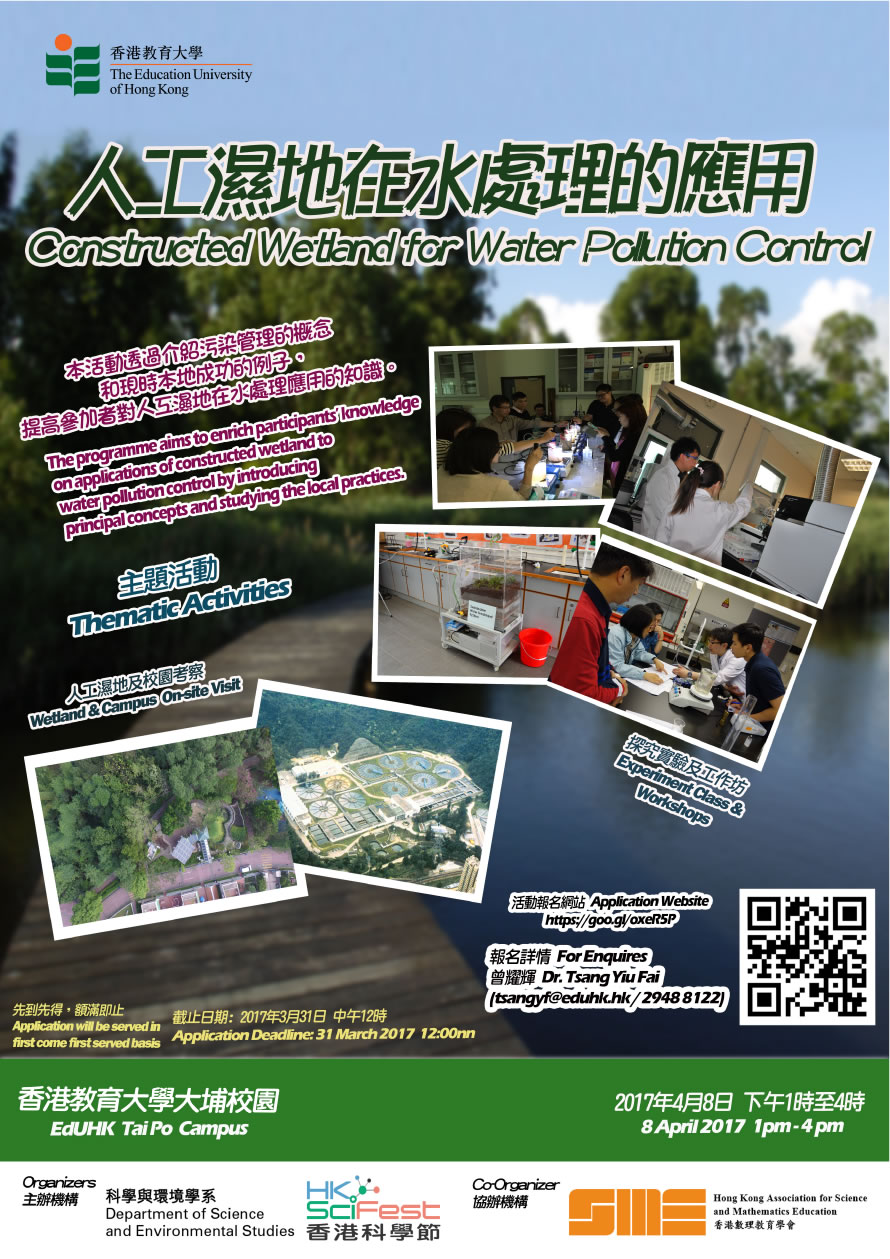

 |
Speaker Prof Nancy STEIN, University of Chicago, U S A
Abstract Because science learning involves an understanding of the physical universe and the events associate with it, instruction needs to incorporate strategies for representing accurately the physical world and the changes that occur in this world. The use of visual and tactile models that correspond to causal processes, the ability to build and model physical events, and the ability to use instruments, like a thermometer, to understand and talk about heat energy, are critical to acquiring domain knowledge in the physical sciences. So is an explicit representation of concepts and mechanisms causing change, and the inclusion of instruction on the measurement and mathematical concepts that serve as prerequisites for physical science learning.
Thus, we have created and experimentally tested a science curriculum using a theory of coherence and complex learning. The theory of coherence identifies concepts that are most central in the physical sciences, and are most causally necessary. Centrality is defined by the frequency with which a concept or event is related to other chosen concepts. A central concept is also identified by its causal significance in a temporal sequence, especially if the concept serves an explanatory function that links and ties together a network of events. Thus, we can describe the content that children are asked to learn, as well as the organization of the content in terms of its causal importance.
The one thing that differentiates our curriculum and approach from some current approaches to science learning in elementary school is that we introduce the concept of invisible molecular processes right from the very beginning, and we teach critical measurement concepts by embedding these concepts in specific situations, such that the concepts are learned in a situated fashion. We do not teach linear measurement without a relevant reason or context within which to carry out the instruction. That is, we create our units of instruction by building a situation that is meaningful to the learner and that draws upon learners’ prior knowledge to understand new incoming information.








